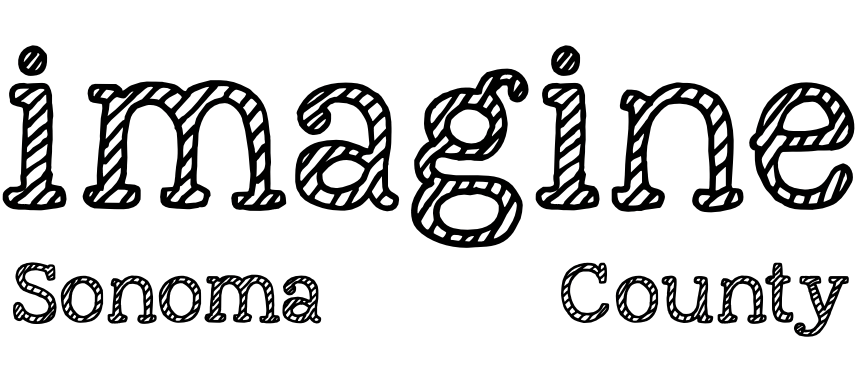
|
|
|||||||||||||
|
|
||||||||||||||
|
|
||||||||||||||
|
Here's how to participate in policy This is a forum to share and discuss policy ideas that help reach the vision by 2030.
Find contacts for your local elected leaders.
|
||||||||||||||
|
||||||||||||||
|
What are your Farms & Forests policy ideas?
Share your policy ideas by submitting a comment using the form below. Please try to suggest policies that: 1) can be implemented at the local level; 2) have potential greenhouse gas emission reductions; and 3) benefit all community members, with priority given to the most vulnerable among us. You are also welcome to submit your policy idea in our brief policy submission form. |
||||||||
|
|
||||||||
|
|
||||||||
|
|
||||||||
|
|
||||||||

 SHARE COMMENTS
SHARE COMMENTS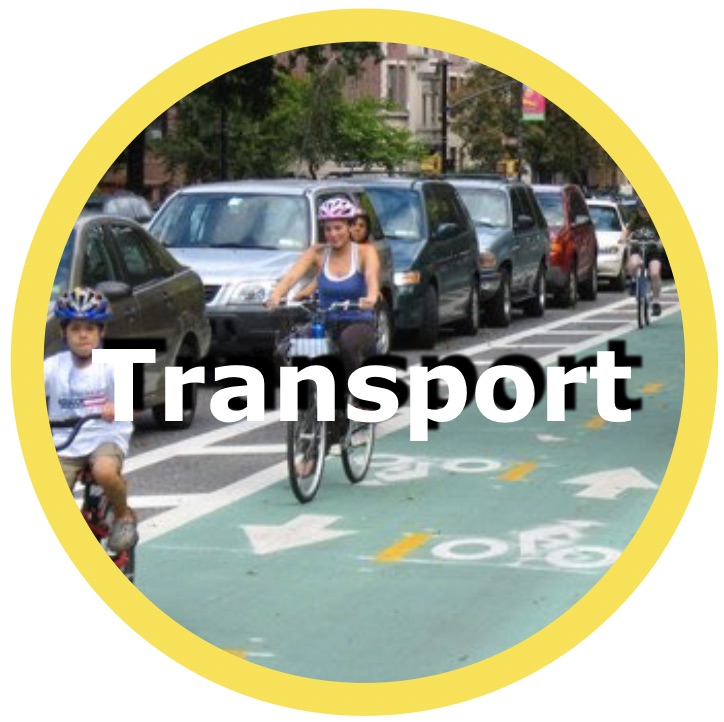
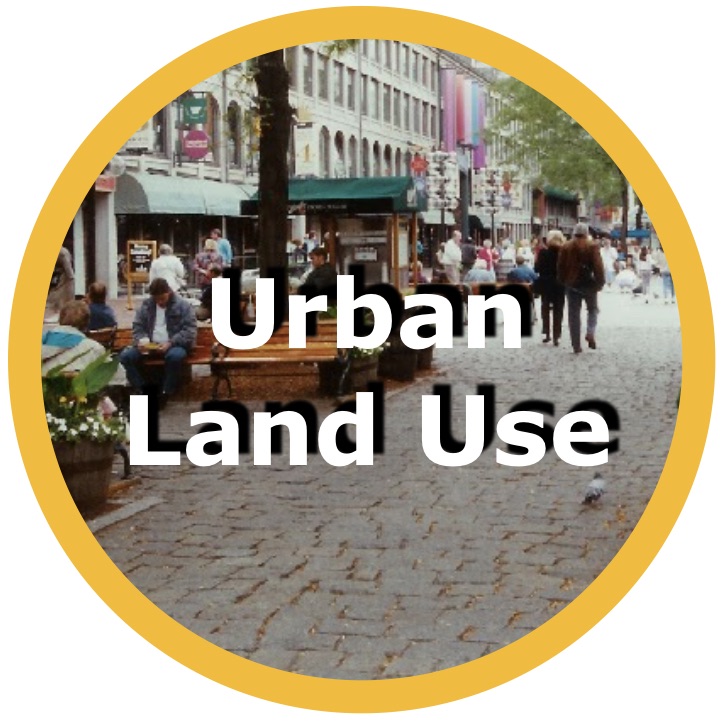
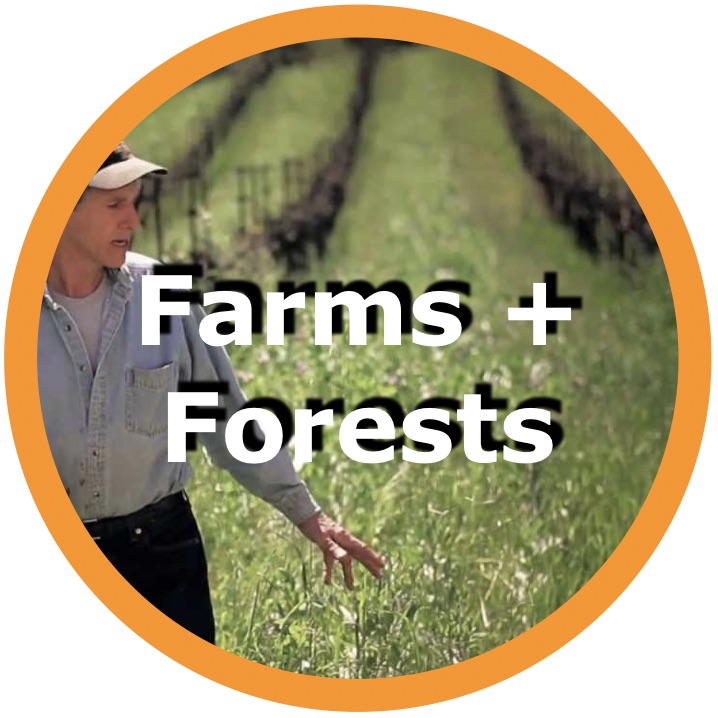

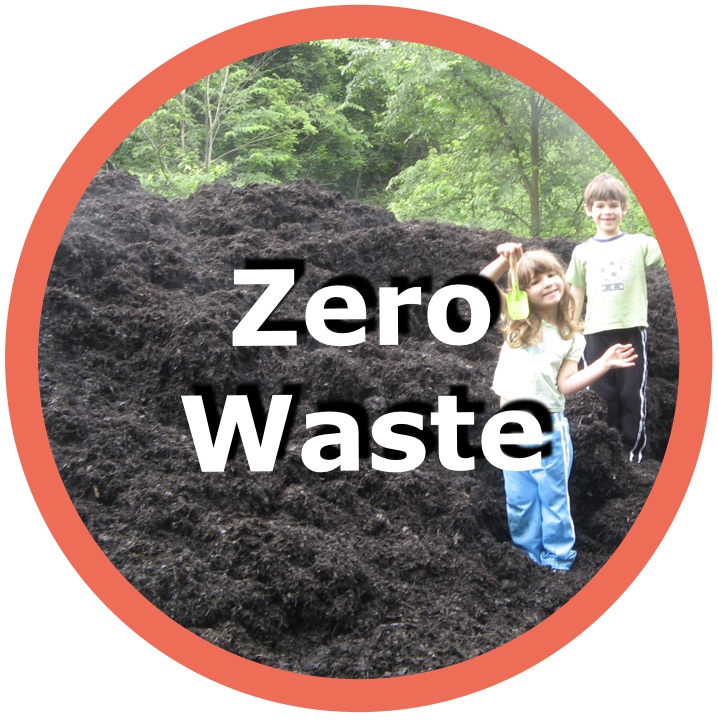

Comments (3)
Prioritize protecting natural forest ecosystems, as mature trees are the best way to sequester carbon, protect our watersheds, and support biodiversity by protecting precious wildlife habitat. Similarly protect native grasslands (e.g. coastal prairie), and wetlands. Add proforestation and re-wilding to the vocabulary and the discussion!
The county works with local agricultural, ranching and viticulture interests to increase their use of practices that sequester carbon while increasing soil organic matter and water infiltration and retention. Some practices also reduce erosion of topsoil.
The local Resource Conservation Districts, Gold Ridge and Sonoma, are familiar with these practices, which include: no or low till practices, ground cover, hedge rows, mulching, compost use, biochar charged with compost, introduction of perennial grasses as ground cover, and more. Some of the practices are eligible for grants from the California Department of Food and Agriculture's Healthy Soils Program.
The county implements a carbon gardening program. The program supports community gardens throughout the county in using research-based methods for gardening that best sequester carbon while providing members with good, nutritious fruits and vegetables.
Methods often seen in such carbon gardens include mulching, biochar charged with compost mixed into the soil, and surface ground cover. All of these practices increase soil organic matter, improve water infiltration and retention and increase sequestration of carbon.